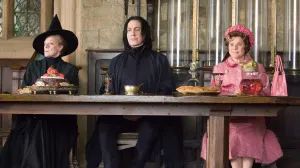X-Men: The Last Stand debuted on the day all the way back in 2006, and a number of confusing questions remain about the polarizing superhero film. In X-Men: The Last Stand, the mutant community finds itself divided with the development of a “cure” that de-powers mutants, derived from the DNA of a young mutant named Leech (Cameron Bright). This leads Magento (Sir Ian McKellan) and the Brotherhood of Mutants to launch a war on mankind to destroy the cure. The stakes of the conflict are also elevated greatly with the unexpected return of Professor Jean Grey (Famke Janssen) after her apparent death in X2: X-Men: United, with Jean possessed by a malevolent alternate personality known as the Phoenix, leaving the X-Men, led by Hugh Jackman’s Wolverine and Halle Berry’s Storm, facing their biggest battle yet.
Videos by ComicBook.com
X-Men: The Last Stand was a big box office hit but nonetheless is often ranked low in many fan’s ranking of the X-Men franchise (I personally find X-Men: The Last Stand to be one of the franchise’s most underrated installments). In any case, whether one loves or hates The Last Stand, there are still some questions that neither the movie itself nor its subsequent sequels or prequels in the X-Men franchise have managed to make sense of. Here are the 7 big mysteries about X-Men: The Last Stand that still don’t make sense.
1) When Did the Mutant “Classes” Come About (& How Do They Work?)
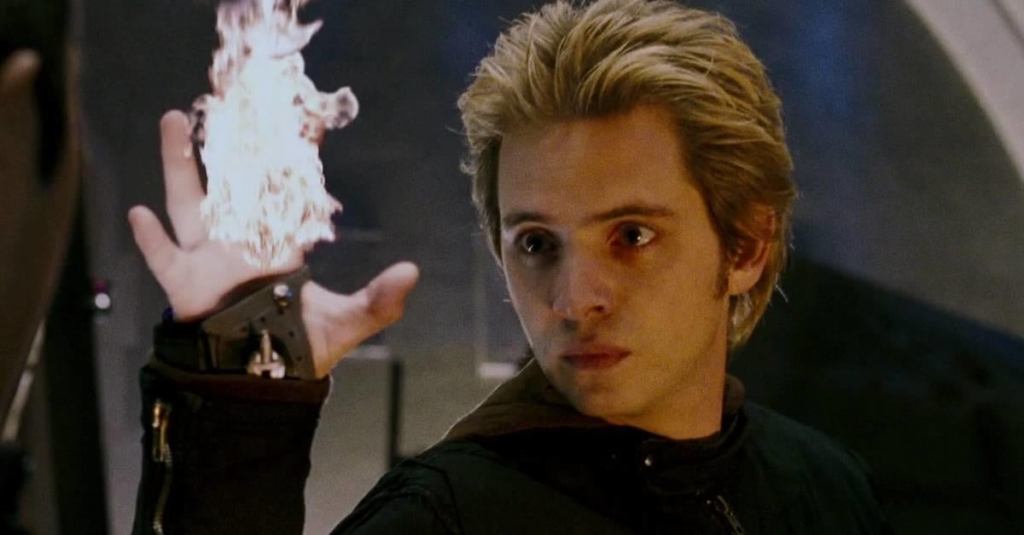
X-Men: The Last Stand introduces a new concept into the X-Men franchise of mutants being categorized into “classes,” according to how powerful their mutations make them. Accordingly, the mutant’s powering classes are 1 through 5, with 1 being weakest and 5 being strongest. While an interesting idea that works well in the framework of an X-Men story, it is also brought about rather suddenly in X-Men: The Last Stand, with little to no context given as to when the U.S. government instituted mutant classes and how individual mutants are categorized into them. While not one of the biggest mysteries of X-Men: The Last Stand, some added detail on mutant classes still would have been a worthwhile topic for the movie to dive into.
2) Why Is Multiple Man So Happy To Be a Fall Guy for the Brotherhood of Mutants?
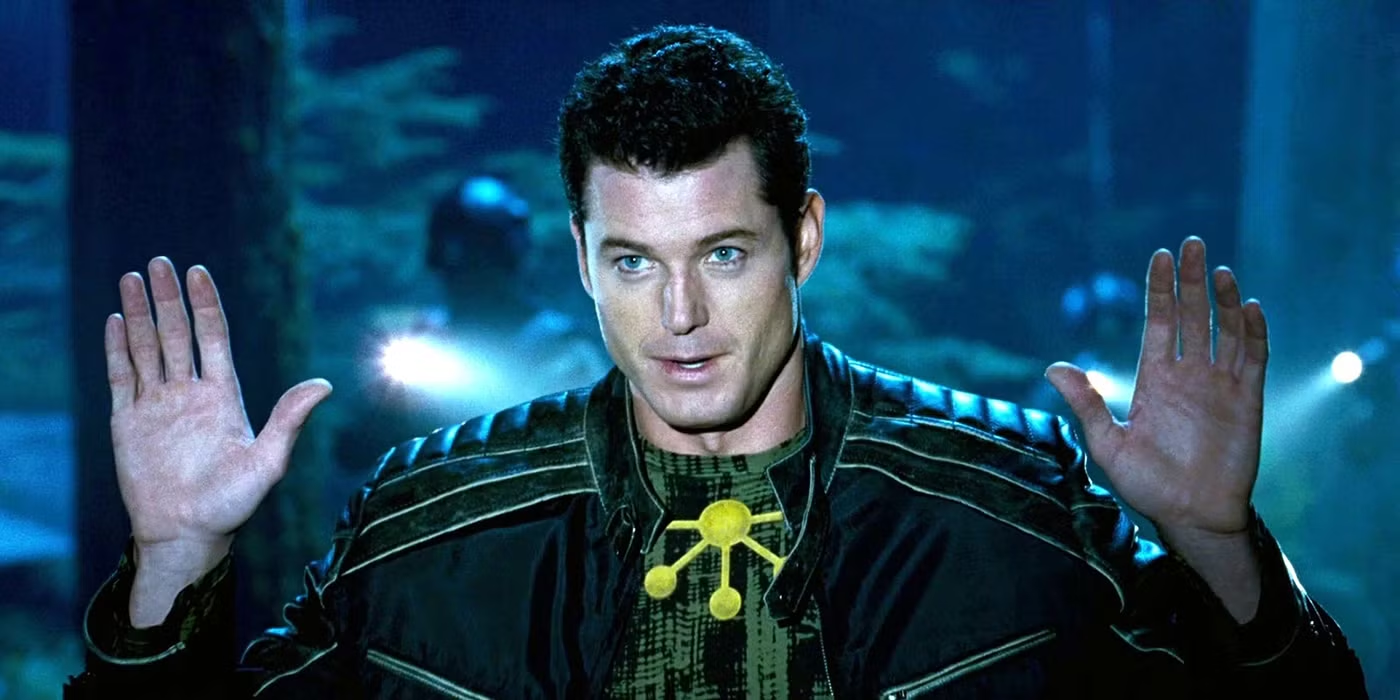
As Magneto and the Brotherhood of Mutants prepare their assault on the research facility on Alcatraz Island (where Leech is being held to produce the mutant cure), the U.S. government thinks they’ve located their forest hideout via infrared. However, when troops arrive to apprehend them, they find only James Maddrox a.k.a. Multiple Man (Eric Dane), having replicated himself dozens of times, with Maddrox casually surrendering with a smile on his face. Obviously, Multiple Man’s powers made it easy for him to be a decoy for Magneto and the Brotherhood, but he seems surprisingly willing and even cheerful about being arrested to facilitate their escape, which raises the question of how and why he was talked into it without any kind of apparent escape strategy of his own.
3) Why Is Jean Grey Dormant for So Long Before Her Return?

After Famke Janssen’s Jean Grey is brought back to the X-Mansion from Alkali Lake, Professor Xavier (Patrick Stewart) surmises that “the sheer mass of water that collapsed on Jean should have obliterated her completely” from her sacrifice to save the X-Men at the end of X2: X-Men United. Xavier theorizes that Jean’s telekinetic powers “wrapped her in a cocoon of telekinetic energy,” allowing her to survive. While this accounts for Jean’s survival, X-Men: The Last Stand doesn’t explain why Jean has been dormant for the extended time period of at least several months since her apparent demise. Perhaps Jean’s telepathy or the awakened Phoenix persona was able to maintain the telekinetic cocoon while she was asleep, but the movie still provides little detail on the circumstances of Jean’s underwater coma and survival.
RELATED: 7 Questions X-Men Movies Fans Still Want Answered
4) How Did It Get Dark So Fast in the Alcatraz Battle?

When Magneto leads the Brotherhood of Mutants to attack Alcatraz, he uses his powers of magnetism to tear the Golden Gate Bridge from its foundation and levitate it across San Francisco Bay to provide easy passage for his mutant army. As soon Magneto drops the bridge into place, Magneto gives a sinister grin to a terrified family in their car on the bridge and then the scene set in broad daylight…immediately turns to night as soon as Magneto turns around. Setting the final battle of X-Men: The Last Stand at night was probably a decision to add atmosphere to the mutant war on the Alcatraz research facility, but nonetheless, the movie makes one of the quickest shifts from day to night in film history, without even bothering to explain how it got dark all of a sudden.
5) How Does Xavier Look & Sound Like Himself in a New Body?
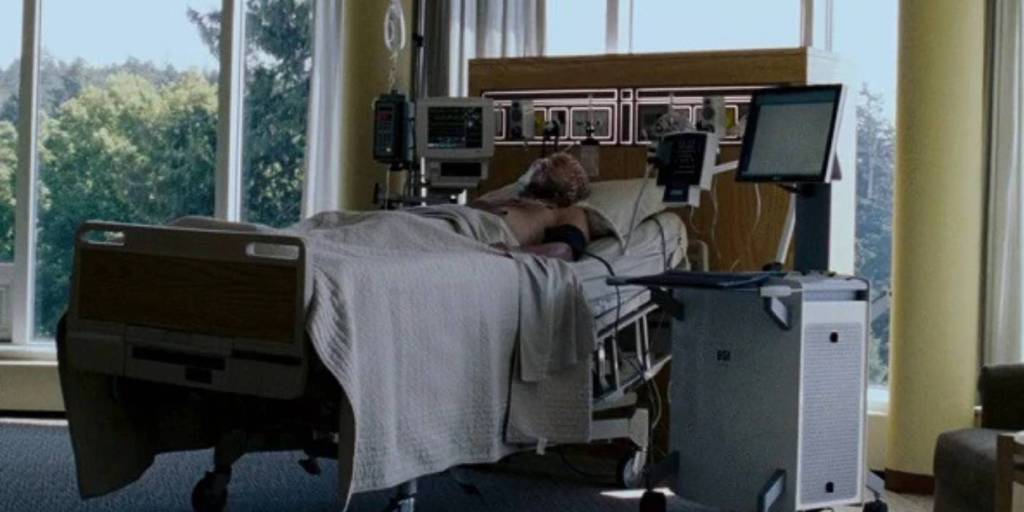
Despite Professor Xavier’s apparent death as a result of the Phoenix’s telekinetic rage, X-Men: The Last Stand‘s end-credits scene reveals that he transferred his consciousness into the body of a brain dead man being kept on life support in a hospital. While Dr. Moira McTaggart (Olivia Williams) immediately recognizes Xavier’s voice from the previously comatose patient, X-Men: The Last Stand provides no explanation for why Xavier’s voice remains the same in a new body. This also carries over into Xavier’s return in 2013’s The Wolverine and 2014’s X-Men: Day of Future Past, with Xavier looking completely like his old self in a totally different body. In the end, Xavier morphing back to himself both vocally and appearance-wise in a new body is a question mark shared by all three movies, which collectively look at the situation with a perspective of “He’s back!” and move right along.
6) How & Why Do Magneto’s Powers Return?
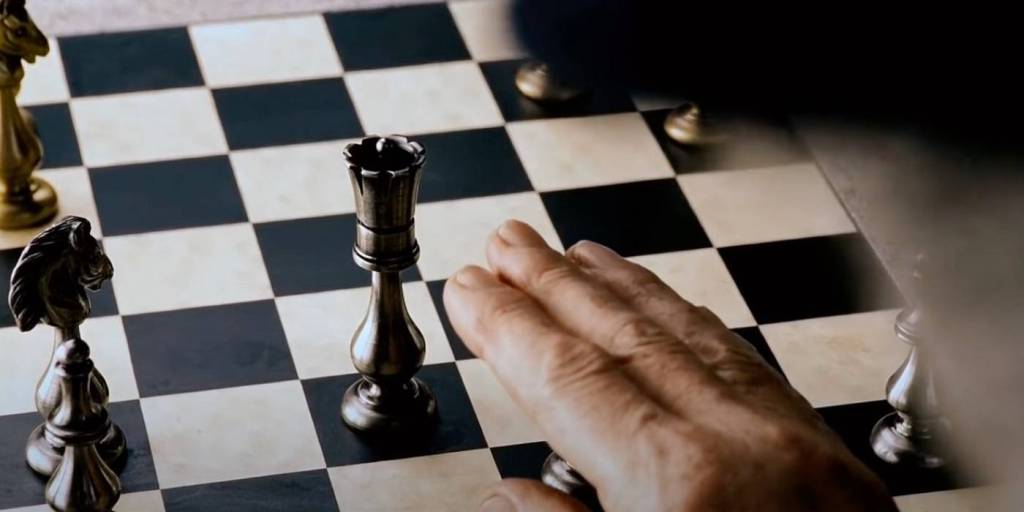
After being injected with cure needles by Beast (Kelsey Grammer) during the Alcatraz battle, Magneto ends X-Men: The Last Stand a broken man, stripped of his power of magnetism and distraught to have been turned into one of the very humans he despises. X-Men: The Last Stand concludes with Magneto alone a park with a chess board in front of him, putting his hand out towards one of the metal pawns, which inexplicably nudges. This indicates that Mageto’s power of magnetism is returning, with X-Men: Day of Future Past showing Magneto once again able to manipulate metal at will. However, X-Men: The Last Stand doesn’t provide much of an explanation for the return of Magneto’s powers. Were the needles he was injected with filled with a faulty sample of the cure? Is the cure itself only temporary? Both questions continue to hover over X-Men: The Last Stand with the movie remaining ambiguous about the answer.
7) Why Aren’t Any Other Mutants Shown Getting Their Powers Back?

As an off-shoot of Magneto’s final scene showing the gradual return of his powers, X-Men: The Last Stand also leaves one big question on the table as to how many other de-powered mutants have been regaining their own powers. Throughout X-Men: The Last Stand, a great number of mutants are hit with the cure and rendered fully human. If Magneto is getting his powers back, it stands to reason that hundreds if not thousands of other mutants should also be regaining their own abilities, such as Rebecca Romijn’s de-powered Mystique and the new recruits to the Brotherhood whom Magneto rather callously describes as “pawns.”
In the subsequent X-Men movies, the only real notable instance of another de-powered mutant regaining their powers is Rogue (Anna Paquin) in possession of her powers again after voluntarily taking the cure in X-Men: Days of Future Past – The Rogue Cut. Ultimately, the question of the cure’s long-term effectiveness and whether any mutants but Magento, and eventually Rogue, have their powers restored remains up in the air from the ending of X-Men: The Last Stand.
The X-Men movies are all available to stream on Disney+.






